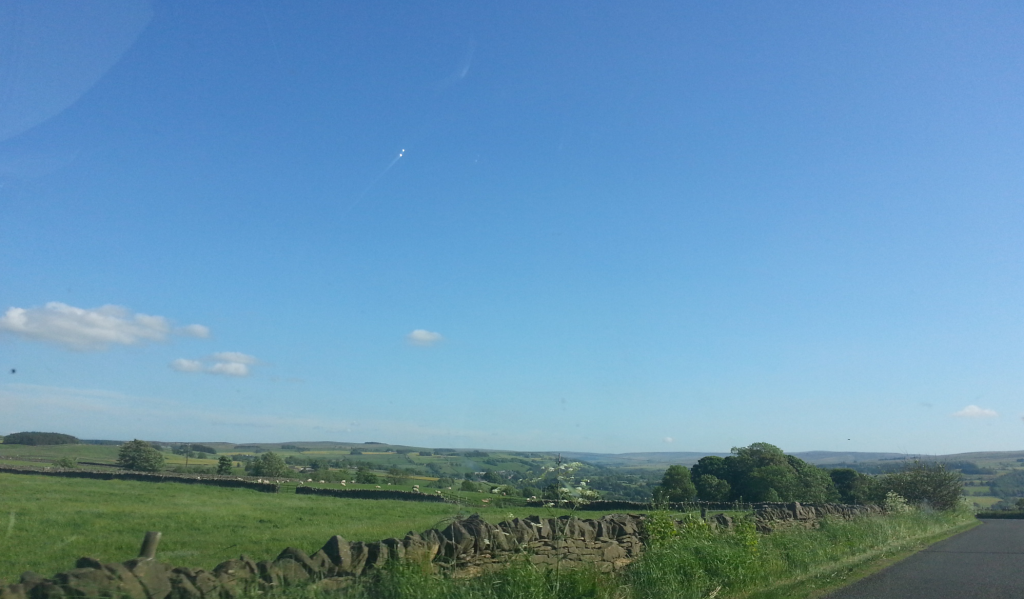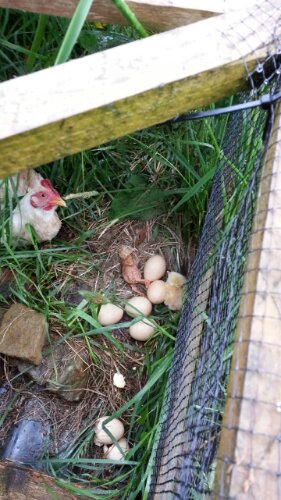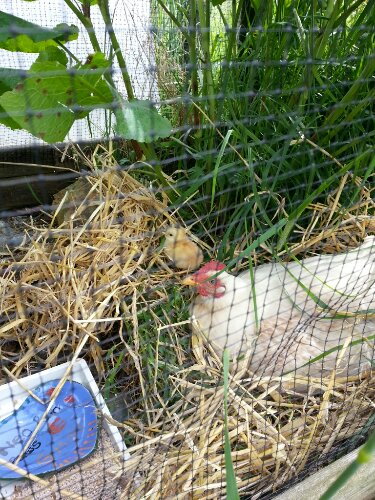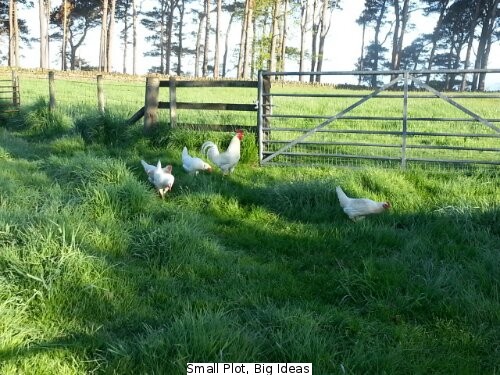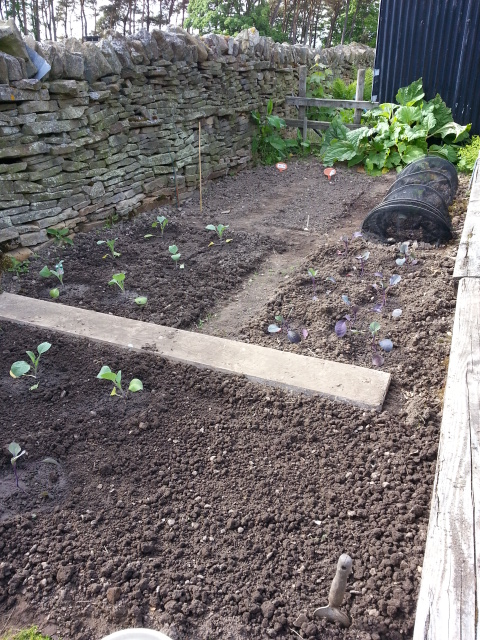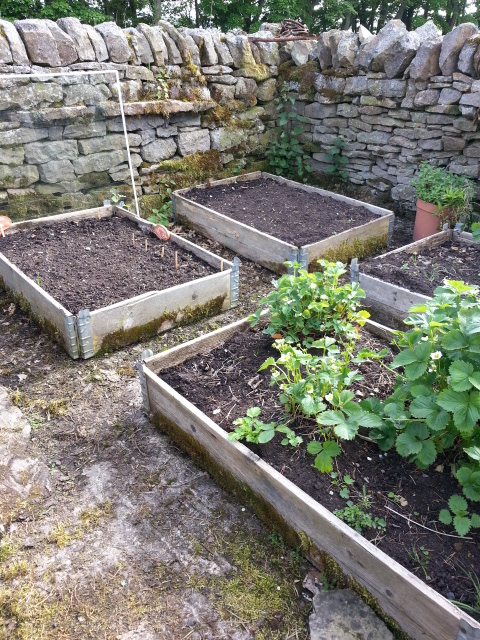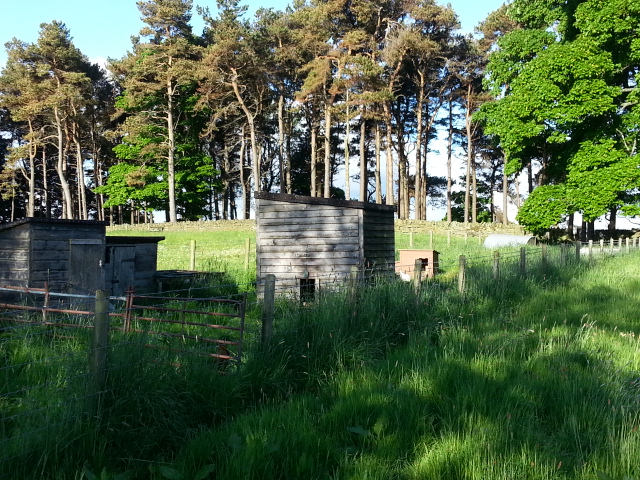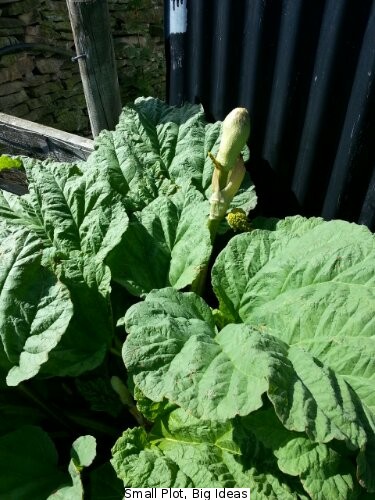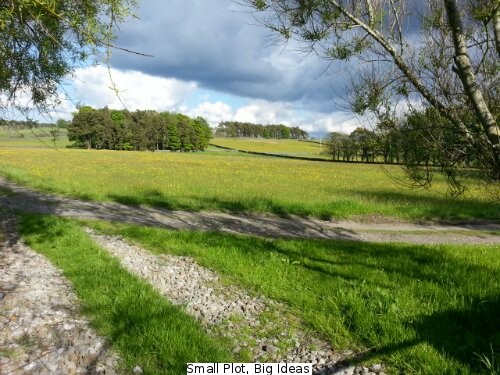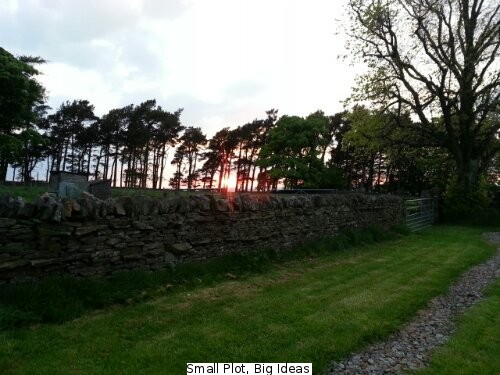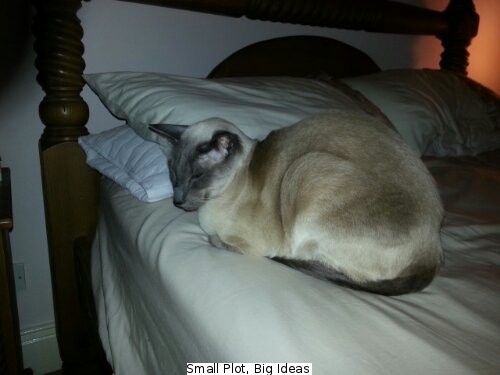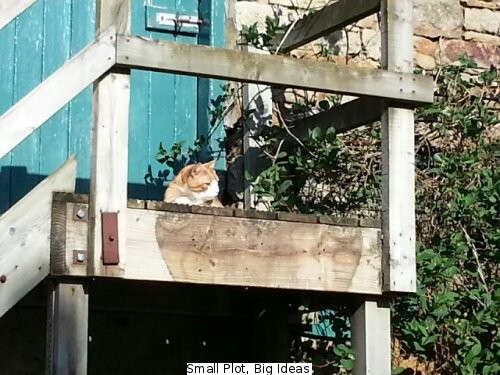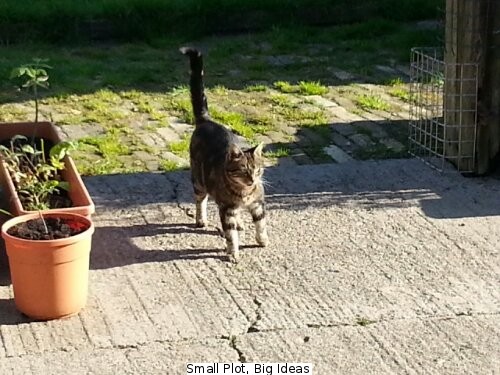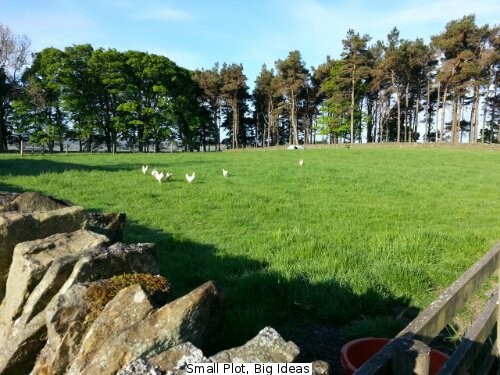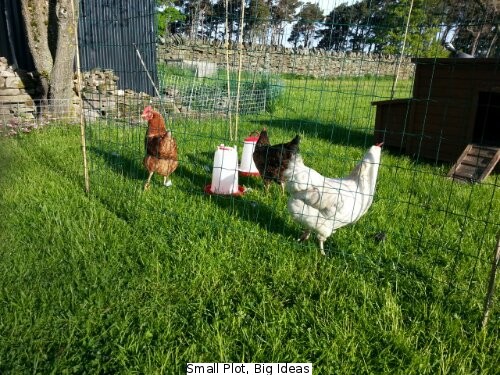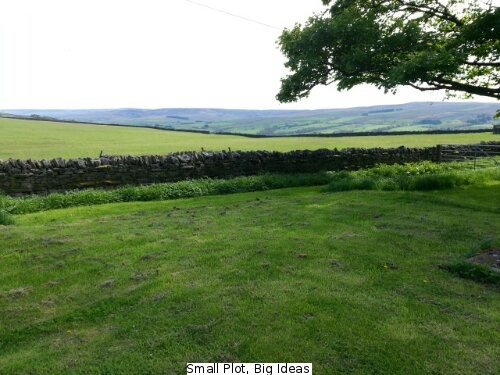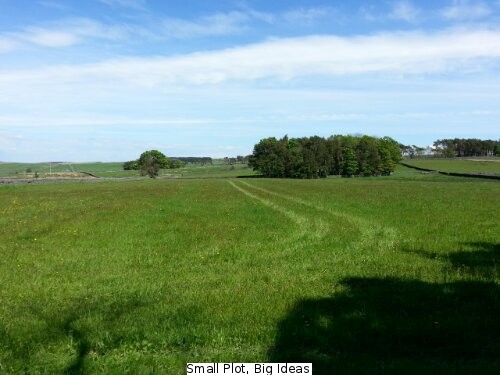It barely seems possible that we only moved in just 4 weeks ago given that there has not been a dull moment in that whole time. We have no problem in coming up with plans for things to be done but there is a definite lack of spare time to get on with things at the moment
Despite it being such a short period of time we’ve very quickly come to appreciate the whole “circle of life” thing having had both unexpected deaths and births either on or around our land. Here is a brief summary:
Chicken numbers
Sadly we lost Amy, one of the original “pet” chickens, who was discovered lying dead but at least she looked strangely peaceful lying in the long grass when we found her.
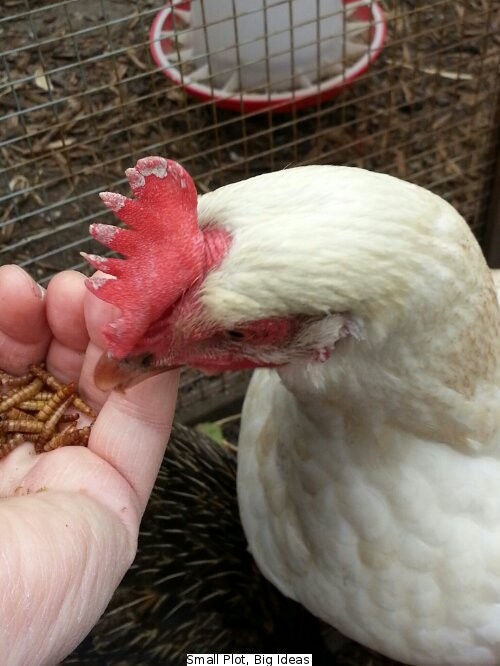
My suspicions are that the trouble was related to egg laying as she has had occasional problems in that department but it came totally out of the blue and she was fine earlier that day when seen foraging with the other 2 pet hens.
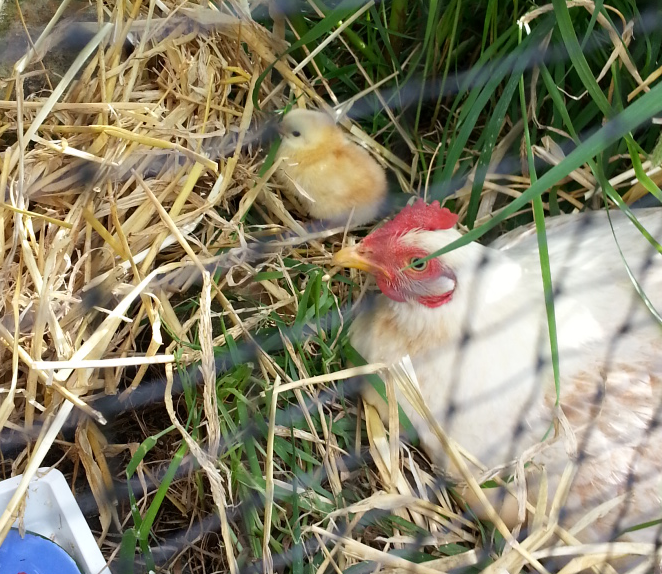
Within a few days of this sad episode, we spotted some better news with the broody hem who had been sitting on some eggs when we moved in.
As noted in an earlier post, two of the eggs had hatched and with 5 other eggs still in place under her there are hopes for more in the near future.
While not exactly part of the original plan, having left her sitting on the eggs all this time I suppose we shouldn’t be surprised that some (or perhaps all) of them may hatch in the end!
We may have read up on chickens (and many other subjects) in preparation for this big adventure but a few books or videos have nothing on actually learning through practical experience.
Unconnected deaths
Luckily (if that’s the right word) another of the deceased animals was a wild rabbit which my grand-daughter found – fortunately with no blood or guts on display. However, rather than being upset by the episode, she was most impressed by how soft the fur was and was happy for us to move it somewhere out of the way so that nature could take it’s course.
Within the first week or so of living here, we also came across a dead ewe in an adjoining field along with her lamb which was looking a little confused. However a couple of quick phone calls to the neighbouring farmers eventually tracked down the owner and everything eventually worked out well – for the lamb at least.
Not so noisy guests
Our paddocks at the back have been set aside for another neighbour to use for his sheep but after 2 week delay in their arrival we can see very clearly how things can get out of control at this time of year. The grass has grown at an impressive rate but now that the sheep have arrived things can return to normal.
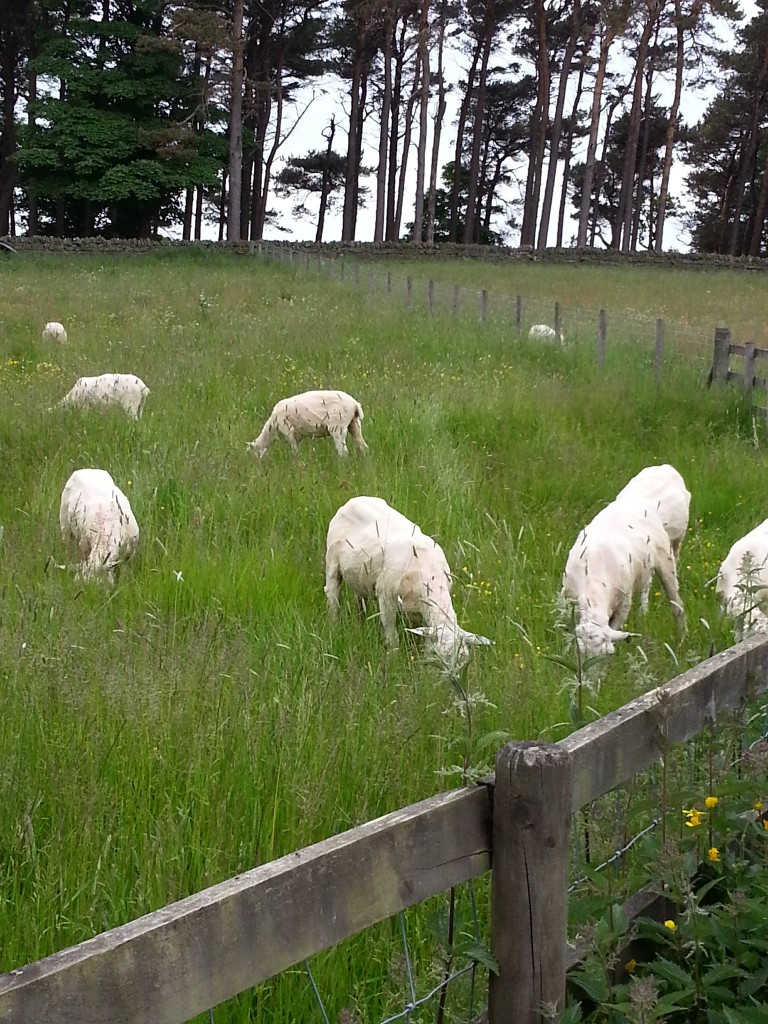
The visitors are looking slightly surprised and very pleased to find themselves with so much good food around them. Perhaps this is why they seem to be very quiet with little noise other than the satisfied munching of grass?
I’m told these are “teenagers” which is a little worrying because we’ve already been through that phase some time ago with the children so I hope these new guests will be less troublesome.
What next?
So far there has been everything we hoped and a whole lot more that we hadn’t quite appreciated – I’m keeping my fingers crossed for much more like this in the future too! Perhaps with slightly fewer deaths though?
I’m certainly happy to get this sort of view while travelling back from work at the end of the day:
